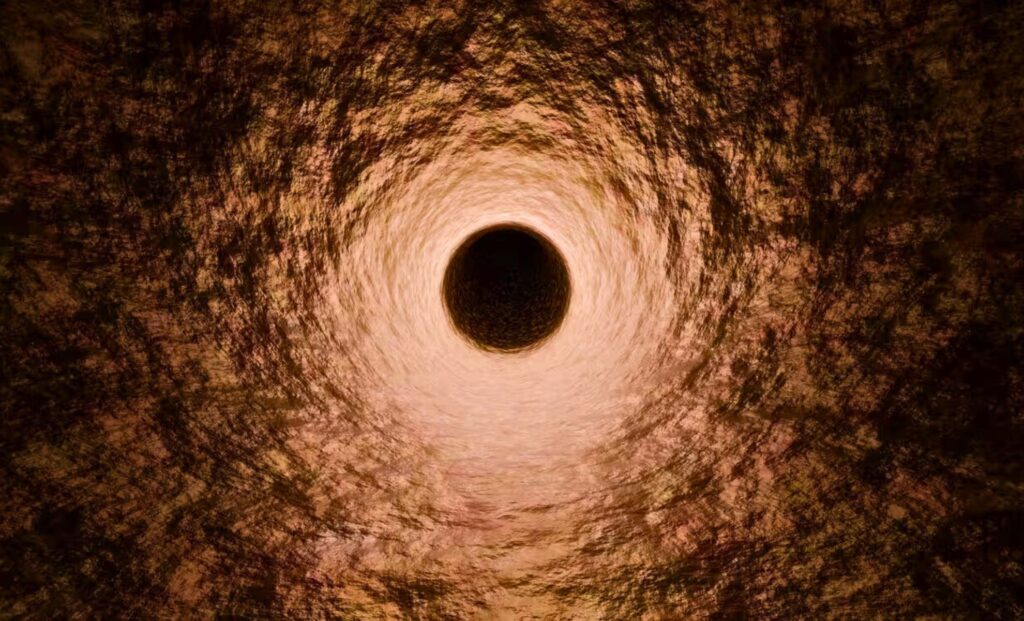For decades, scientists have looked to the skies and the sea to understand life’s most resilient forms. Yet a quieter, stranger world has been hiding just beneath our feet. Buried deep within the Earth’s crust, far beyond the reach of plant roots and sunlight, scientists have uncovered a thriving community of microbes that could reshape how we think about life on Earth—and how we protect the resources that sustain it.
In a study published in Proceedings of the National Academy of Sciences, an international team led by microbiologists at Michigan State University (MSU) described a newly identified bacterial phylum, CSP1-3, discovered in deep soil cores from Iowa and northern China. These microbes were not only active but dominant, comprising more than half of the microbial community in some layers—an almost unheard-of concentration in microbiology.
But dominance alone doesn’t tell the full story. These microbes appear to play a vital ecological role: they help purify the Earth’s water supply by consuming chemical compounds that filter down through the soil. And their survival in such extreme, energy-poor environments reveals just how adaptable—and valuable—life can be in the planet’s darkest corners.
The Silent Engineers of Earth’s Deep Skin
Deep soil—layers buried 20 to 70 feet (21.34 m) below the surface—has long been a scientific blind spot. Drilling that deep is costly and complex, and until recently, many assumed there wasn’t much to find. “We’ve always known more about space than the soil under our feet,” said James Tiedje, senior author of the MSU study and a pioneer in soil microbiology. “But we’re now discovering that deep soil may hold the keys to understanding—and protecting—life on Earth.”

The environment that CSP1-3 calls home is part of what geoscientists refer to as the Critical Zone, the layer of Earth where rock, water, air, and living organisms intersect. While the upper part of this zone—topsoil—has been well studied for its importance in agriculture and ecology, its lower depths have remained largely unexplored.
That changed when researchers extracted soil cores from Iowa’s Loess Hills and Shaanxi Province in China, regions with thick, stable soil profiles ideal for studying long-term microbial life. DNA analysis revealed that CSP1-3 not only existed in these locations but appeared in abundance at multiple depths. The fact that such similar organisms were found on opposite sides of the planet suggests a global distribution—a hidden biosphere with planetary significance.
Nature’s Water Filtration System
What makes CSP1-3 truly remarkable is not just where it lives, but what it does. As water percolates through soil, it encounters multiple filtration stages—physical, chemical, and biological. Deep soils, with their extended contact time and stable environments, are where the final and most complex stages of natural filtration occur.
According to the MSU team, CSP1-3 survives by scavenging carbon, nitrogen, and even sulfur compounds that seep down from the surface. These compounds include the building blocks of life but can also carry pollutants from agriculture, industry, and surface runoff.


The microbes metabolize these substances, effectively scrubbing the water before it reaches underground aquifers. Their capacity to reduce nitrate and transform sulfite and arsenate indicates potential in mitigating groundwater contamination—an increasingly urgent concern in a warming world.
These findings build on earlier work showing that deep soil ecosystems are crucial in maintaining groundwater quality, particularly in agricultural regions where fertilizer leaching can lead to nitrate pollution. Yet, until now, the biological players in that system were poorly understood.
Ancient Origins, Modern Potential
Genomic analysis reveals that CSP1-3 likely originated in aquatic environments, such as hot springs and freshwater systems. The microbes’ ancestors appear to have migrated to the soil surface, and over millions of years, burrowed ever deeper—adapting to colder, darker, more nutrient-poor conditions. Their genomes show evidence of horizontal gene transfer, picking up traits needed for survival in deep Earth, such as the ability to metabolize rare carbon sources and produce trehalose, a sugar that helps endure stress.
Despite their deep location and isolation, the microbes aren’t dormant. By measuring replication rates using tools like the iRep index, scientists found that many CSP1-3 populations are actively dividing, indicating a slow but consistent metabolic life cycle.
This challenges long-standing assumptions that life in deep soil is essentially inert. In fact, CSP1-3 may be among the most ecologically important microbes in these environments. According to the study’s lead author, Wenlu Feng, the group recovered over 500 high-quality genome assemblies, revealing a previously unrecognized depth of microbial diversity.

